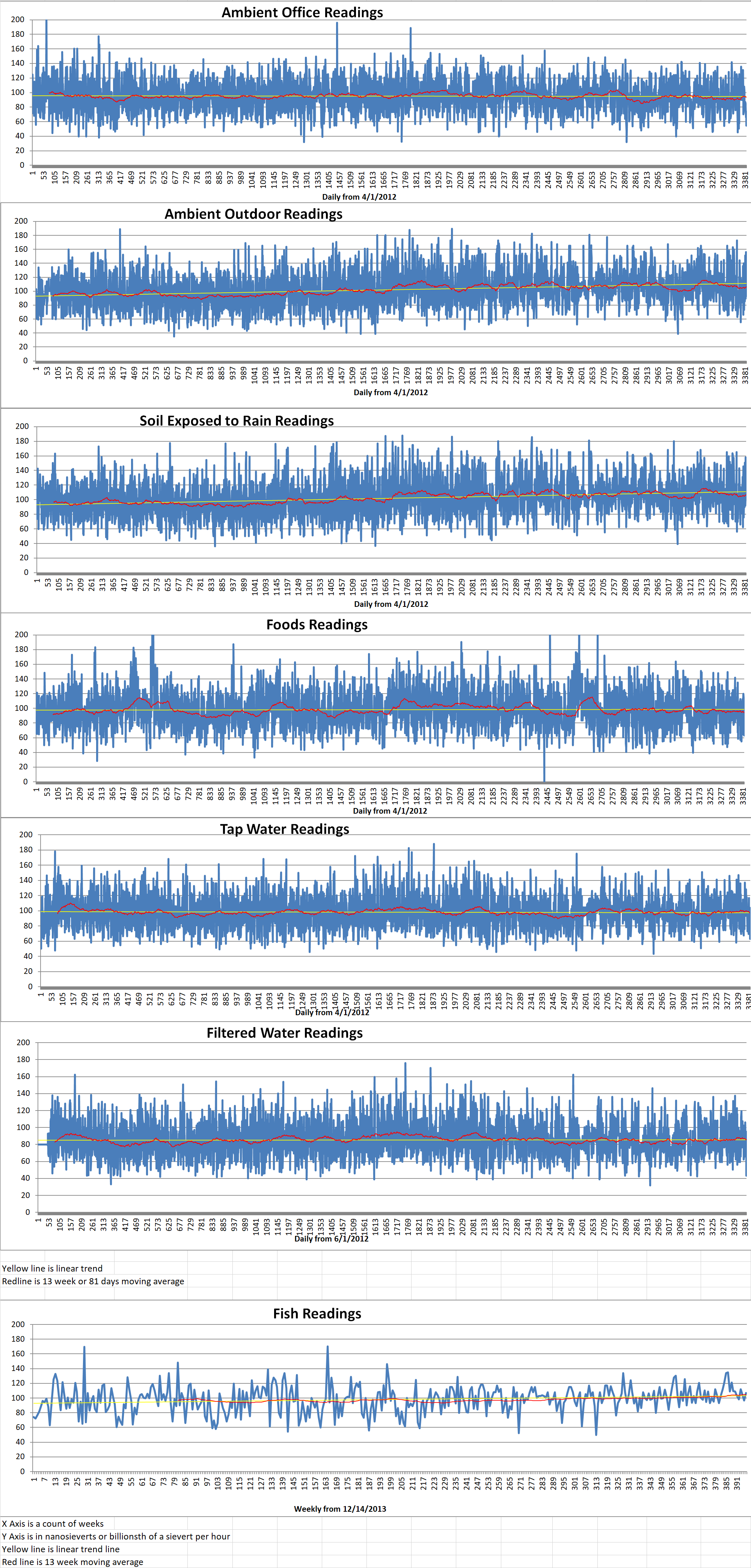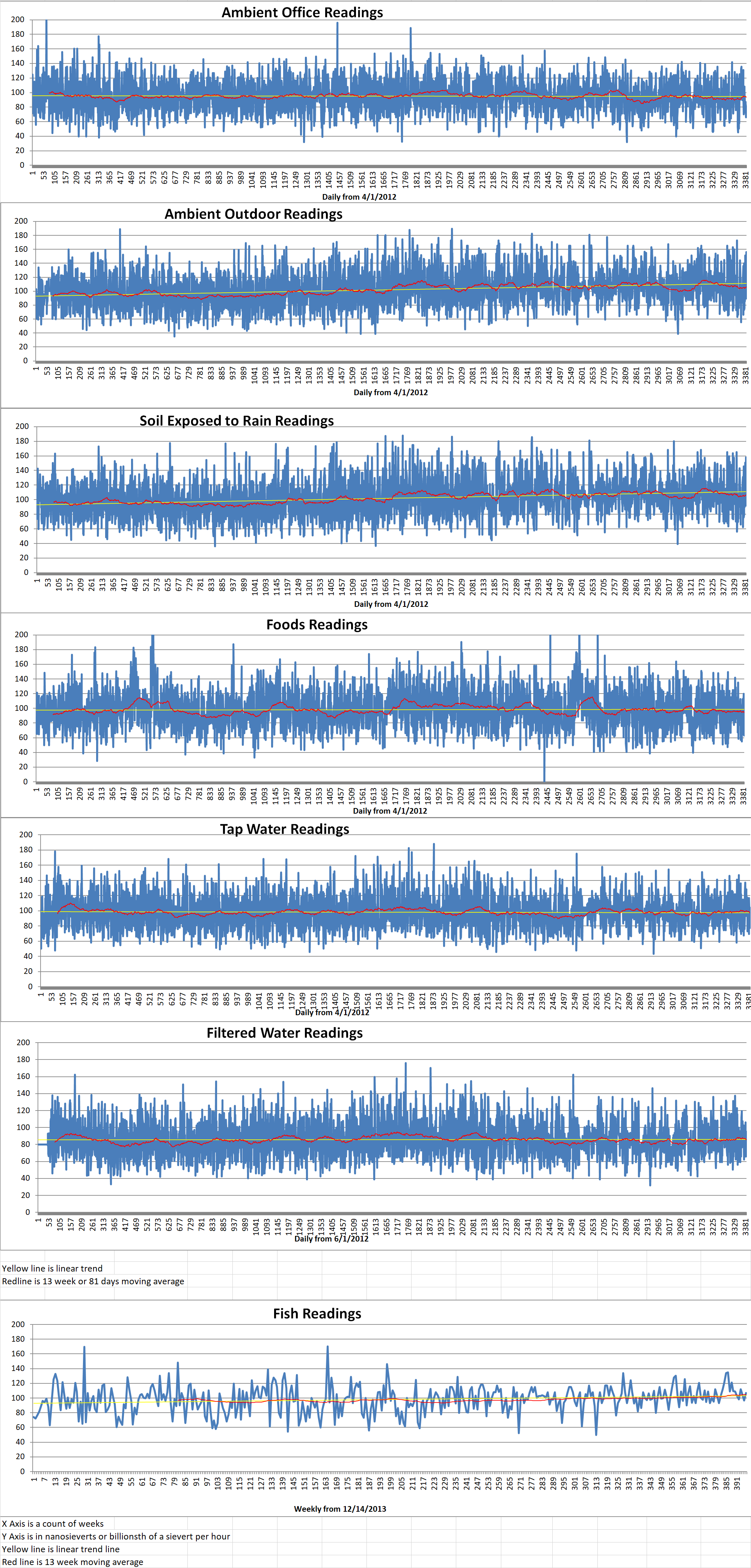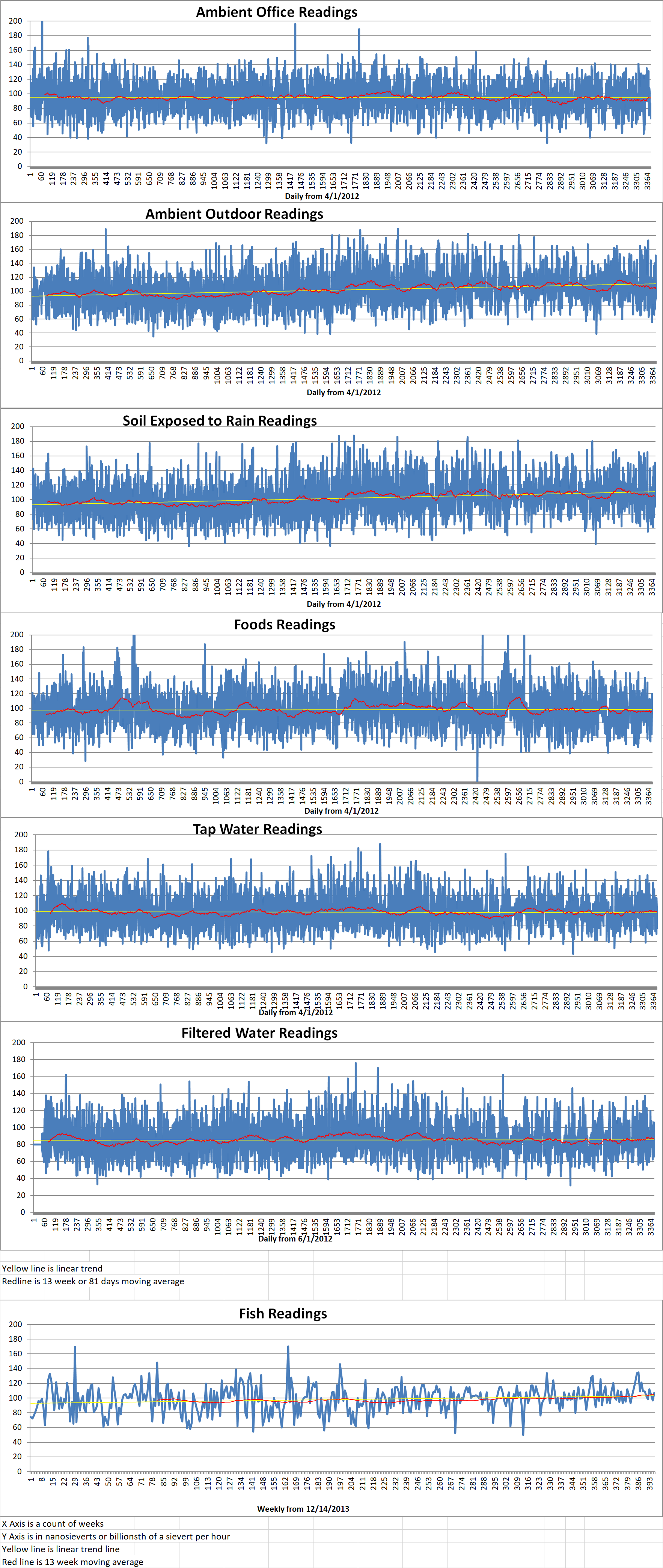TEPCO is the giant Japanese utility company that brought the world the Fukushima nuclear disaster in 2011. They had a bad record of managing nuclear power well before 2011. They had been chastised in court by the Japanese government for incompetence. Three years before the Fukushima disaster, they had generated an internal report that warned of the possibilities that did come to pass. But they sat on the report and claimed that everything was fine.
TEPCO recently reported on security lapses at its Kashiwazaki-Kariwas nuclear power plant in Niigata Prefecture. The report dealing with problems with anti-terror measures at the Number 7 reactor at the plant was submitted to the Japanese Nuclear Regulation Authority (NRA) on September 22. It detailed the causes of the problems and needed measures in order to prevent a recurrence. Analysts say that the report itself calls into question the ability of TEPCO to reinvent itself as it has promised to do.
The report emphasized a lack of commitment to safety. This was indicated by the utilitie’s tendency to ignore warnings about problems from front-line workers. The bitter lessons from the Fukushima disaster have apparently been forgotten. In response to revelations about nuclear security failures, the NRA issued an order in April that banned TEPCO from restarting the Number 7 reactor at Kashiwazaki-Kariwas. Previously, the NRA had cleared Number 7 for restart following an NRA safety inspection.
In one incident, a TEPCO worker entered the central control room without authorization. The worker used another employee’s identification card. In addition to that problem, safety devices installed to detected unauthorized entry to the control center had failed to function properly at the plant.
The report attributed security lapses to the poor recognition of risks among rank-and-file employees. The report said that there was a serious need to improved communications inside workplaces and between organizations. There needs to be changes in the top-down and control-oriented culture. Currently, the organizational culture discourages workers from pointing out problems. There is a need to ensure more respect for security personnel. The report proposes measures to review the organization and establish an effective safety culture within the company.
One conclusion in the report was that TEPCO has a propensity to prioritized cost reduction over safety. The company cut costs by purchasing intrusion detectors it used to lease. As these devices aged, malfunctions increased. However, the company dealt with malfunctions only after there had been several cases. Nuclear security is essential for protecting nuclear materials from terrorism and it should never be compromised.
The question has been raised of just how seriously TEPCO management has taken the situation. A survey of TEPCO employees conducted by an outside fact-finding committee recorded many harsh opinions about TEPCO management. One respondent wrote that it was hard to believe that TEPCO managers and executives really understood the importance of nuclear security. Another respondent said that executives would not respond seriously to proposals concerning safety. Instead, they gave employees a lecture about high costs and slow progress. A third respondent stated that managers acted to accommodate the assumed wishes and intentions of upper-level management.
After the report was submitted to the NRA, the TEPCO Chairman and President faced harsh questions at a press conference. The Chairman said, “We will implement measures (to prevent a recurrence) with the resolve that this will be our last chance.” However, the top executives did not give an unambiguous answer to the question of whether TEPCO would withdraw from nuclear power generation if it failed to solve the problems outlined in the report.
The NRA will analyze the report and conduct additional inspections. At a regular press conference on September 29, NRA Chairman expressed his concern about the top TEPCO executives’ poor understanding of the importance of nuclear security and their low involvement in the issue. The NRA must carefully evaluate TEPCO’s safety culture and management mindset.
At the Kashiwazaki-Kariwa nuclear power plant, a variety of cases have revealed flawed work to install safety measures at the Number 7 reactor. In its editorials, the Asahi Shimbun daily newspaper has said that TEPCO is not qualified to operate a nuclear power plant. The company’s top executives need not only to establish a solid and shared safety culture, but they also have to reform their own mindset based on a clear recognition of how their words and deed affect front-line company operations.
TEPCO should be dissolved and all of their assets dedicated to helping with the cleanup of the Fukushima disaster which is still reverberating ten years after the event.







